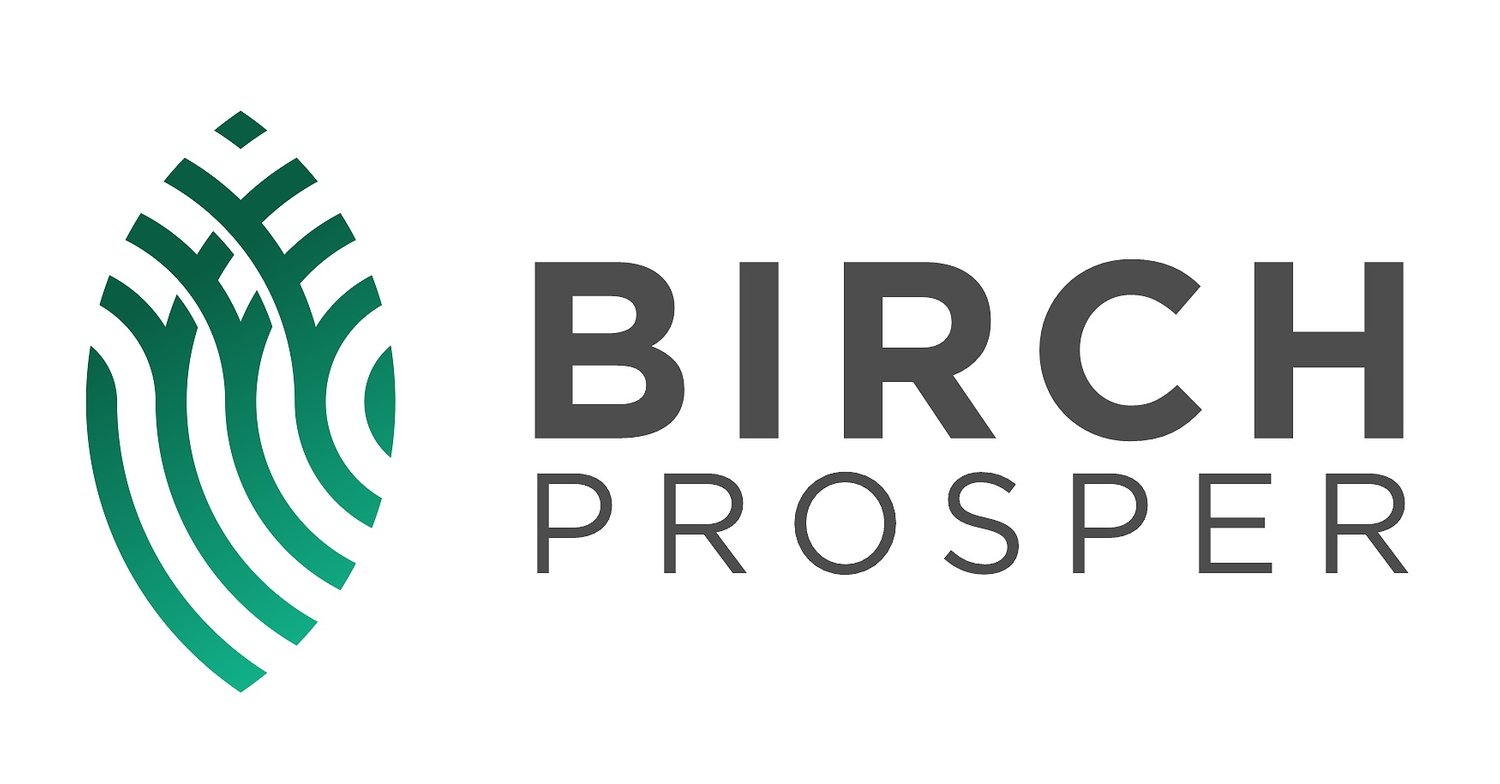What are Real Estate Risk-Adjusted Returns
Risk-adjusted returns are a way of evaluating the performance of an investment by considering the level of risk that was taken to generate those returns. In the context of real estate, risk-adjusted returns can be calculated by dividing the expected return on a real estate investment by the level of risk associated with that investment. The resulting ratio is known as the risk-adjusted return on investment (ROI).
There are several factors that can influence the level of risk associated with a real estate investment, including the location and condition of the property, the strength of the local real estate market, and the financial stability of the tenants. Higher levels of risk may be associated with properties in less desirable locations or with tenants who have a higher risk of defaulting on their rent payments.
To calculate the risk-adjusted return on a real estate investment, an investor can use a variety of tools and techniques, such as discounted cash flow analysis or real estate investment trusts (REITs). These tools can help the investor to better understand the potential risks and returns associated with a particular real estate investment, and to make more informed decisions about whether or not to invest in a particular property.

